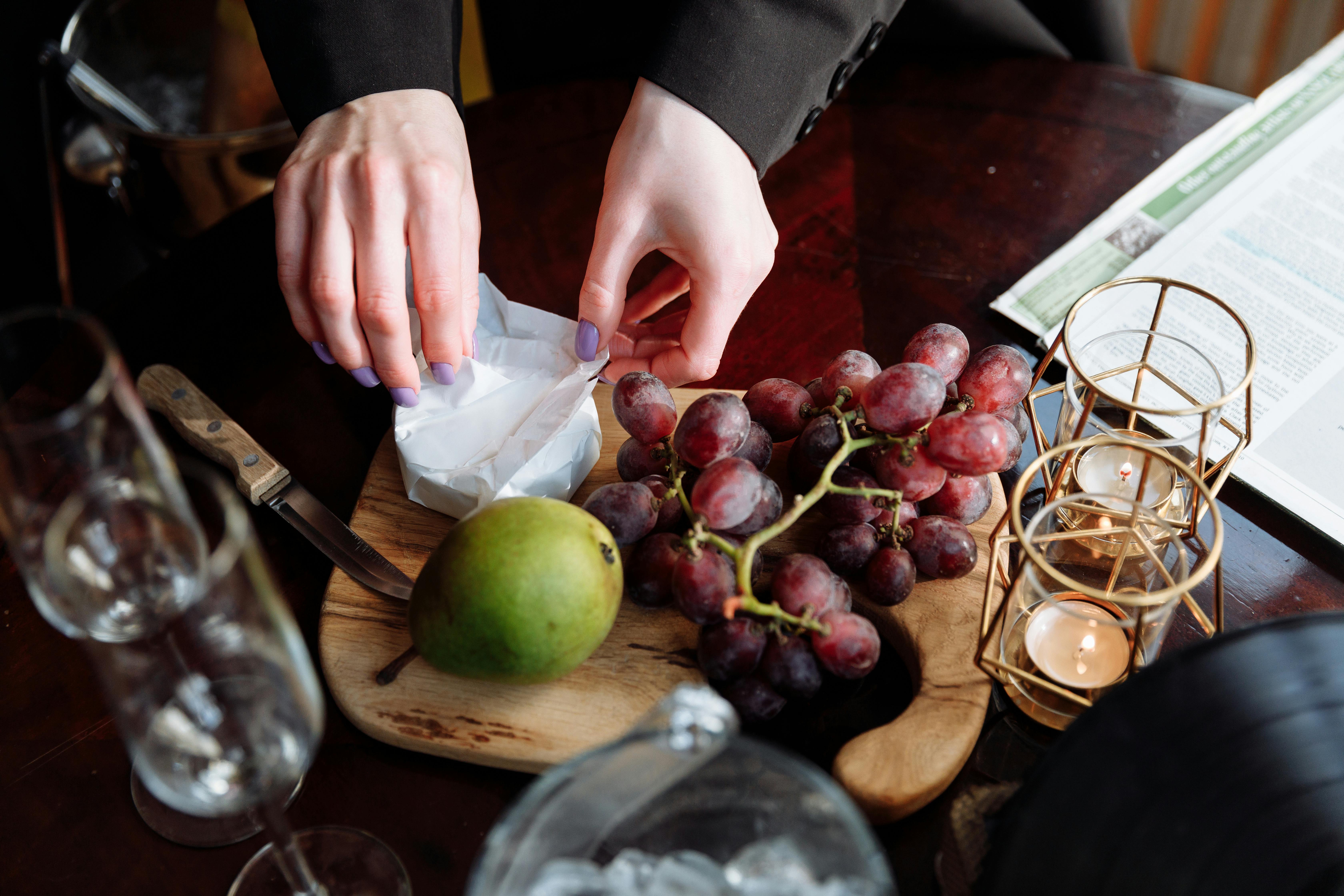Mardi Gras Celebration – Carnival Season Parties
Many people may think that the entire New Orleans carnival season is one long Mardi Gras celebration, but it is not. “Mardi Gras” is really just a one-day event and it takes place on the aptly named date, “Fat Tuesday.” This is actually the last of the holidays for people of the Catholic faith before “Ash Wednesday” is issued in the darkest and most penitent period of Lent. As if to remind everyone of the celebration, purple, gold, and green are the traditional colors of Mardi Gras.
Once known as Shrove Tuesday, this February event is a unique New Orleans party time that involves wild and raucous fun. If you want to kick back, let your hair down, and let it all hang out, then you should hurry up and join the revelers in the French Quarter. The January 6th date of Twelfth Night really ushers in the exciting festivities and Fat Tuesday is the climax with parades, floats and incredible views. If you’re one of the spectators during this time, it won’t be hard to see why some say the Mardi Gras celebration has roots in some ancient Roman orgies.
Millions of tourists and partygoers flock to the city of New Orleans in January and February to take part in some of the activities. For nearly 300 years, the residents of this popular southern landmark have shown they know how to create a celebration that will wow the masses. Masquerade balls, grand parades and street dances are just some of the traditions that have thrived in the land of Etouffee, Beignets and Gumbo. An interesting fact is that face masks were actually banned for many years in the early 19th century because people’s behavior had become so risky and wild.
Today, visitors can go to New Orleans in February and on the most famous Tuesday of the American year, anything and everything can be seen on the streets of the city. The parades are a colorful, loud, and enthusiastic display involving costumed celebrants, scantily clad dancers, wild-eyed clowns, balloons, and dozens of spectacular floats. If you want a good seat, you will have to claim your place at dawn with a sleeping bag and a thermos of coffee. Flashing and mischievous skin exposure is an integral part of the things you’ll witness on Mardi Gras day.
There are always some brilliant street performers, musicians and prominent marching bands stomping their feet in the parades. The day begins with music, lots and lots of jazz and blues played all over the city. The streets literally come alive as these enthusiastic and talented musicians strut their stuff for all to see and hear.
Then tens of thousands of costumed revelers and hundreds of floats will move through the city. People riding the floats throw beads and plastic doubloons and people consider it a coup to score these trinkets. If you’re in the crowd, keep in mind that your status for the day is based on how much loot you can get. Bourbon street is the place to be and you can drink and eat all you want and don’t miss the drag queen beauty pageants. These delicious divas are ready to compete and will be wearing some of the most raunchy creations you’ve ever dreamed of.
The streets are full of events for Mardi Gras visitors to participate in and many of these are organized by clubs or “Krewes”. A core group of approximately 5 dozen Krewes plan and organize the parades and costume balls for the event. The oldest of these clubs is known as the Krewe of Comus and has been around since 1857. The Krewe of Rex was started in 1872 and they were responsible for creating a grand parade and naming a Mardi Gras King. The reason for these actions was that Alexis Romanoff, the Russian Grand Duke, was visiting for that year’s Mardi Gras celebration.
Even though Katrina permanently changed the city of New Orleans, the Krewes have kept the Mardi Gras Celebration alive and as uniquely exuberant as ever.
